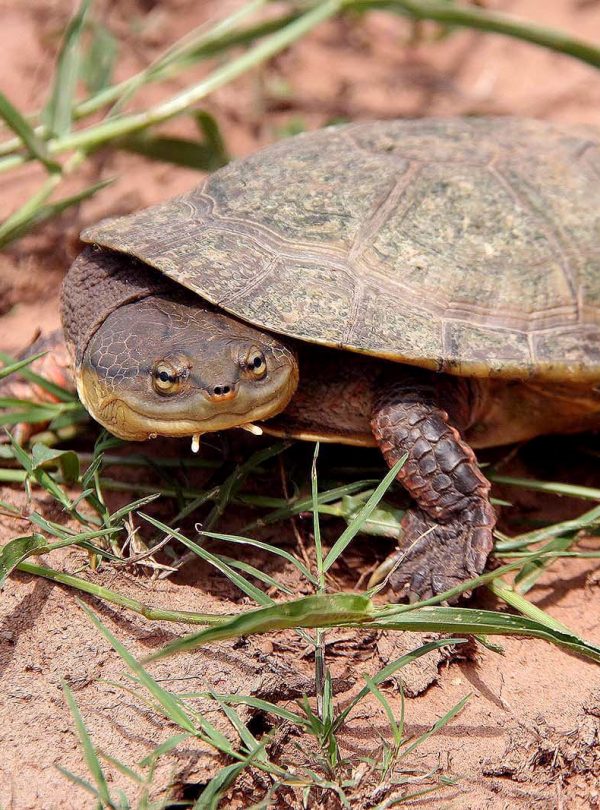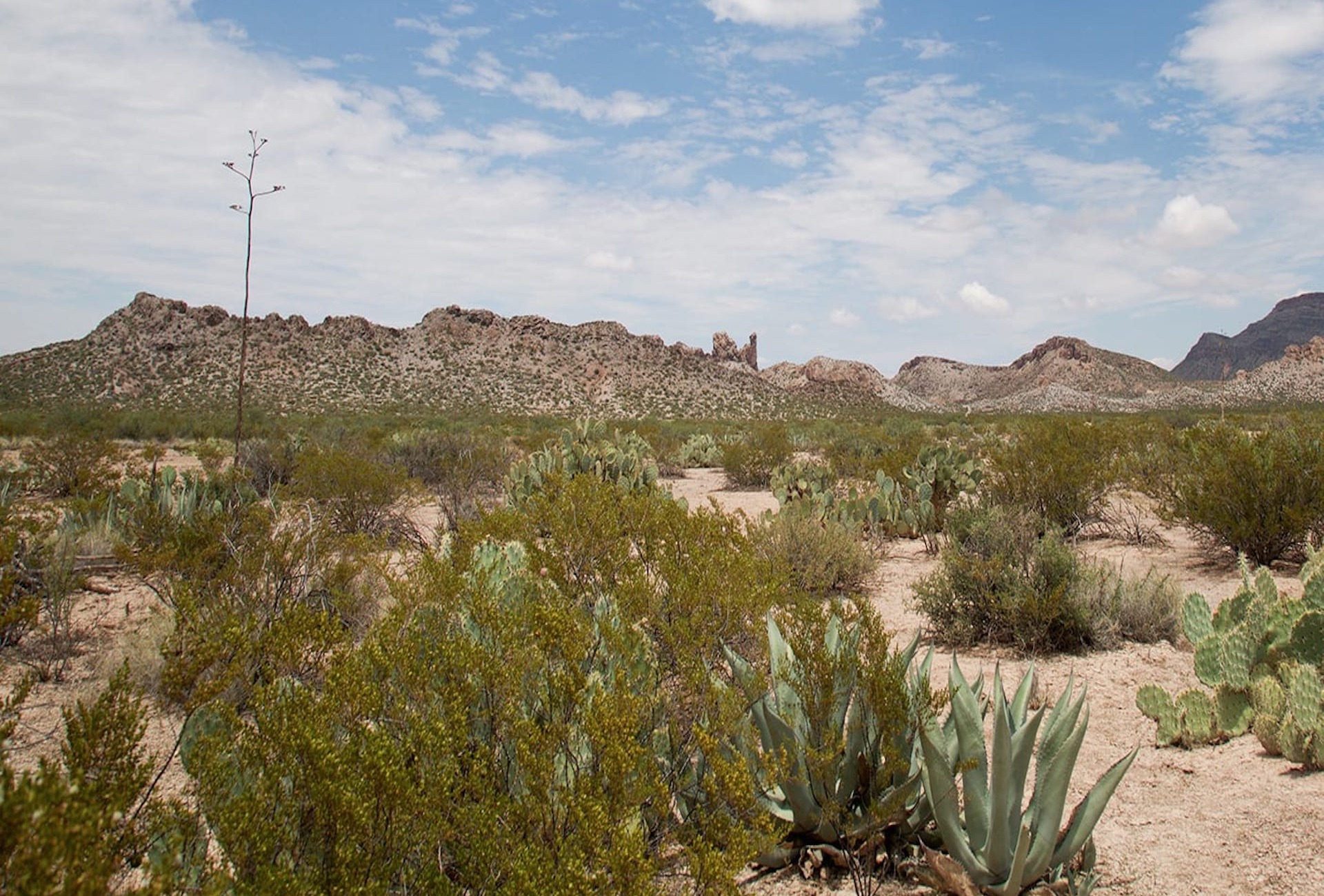
Ranch Purchase Provides New Wildlife Protections in Mexico
Support More Work Like ThisSupport More Work Like ThisThe biologically rich Bolsón de Mapimí is the last remaining place that the Bolson Tortoise, a Critically Endangered range-restricted species, calls home.
-
Species at Risk
Bolson Tortoise (VU), Mapimi Fringe-toed Lizard
-
Carbon stored
14,000 mT*
*(metric tons of CO2 equivalents) -
Partner
Habitat para la Biodiversidad (Habio)
-
18,607 Proposed Acres Conserved by
Purchase
Please note that your donation may not be immediately reflected in the funding thermometer above.
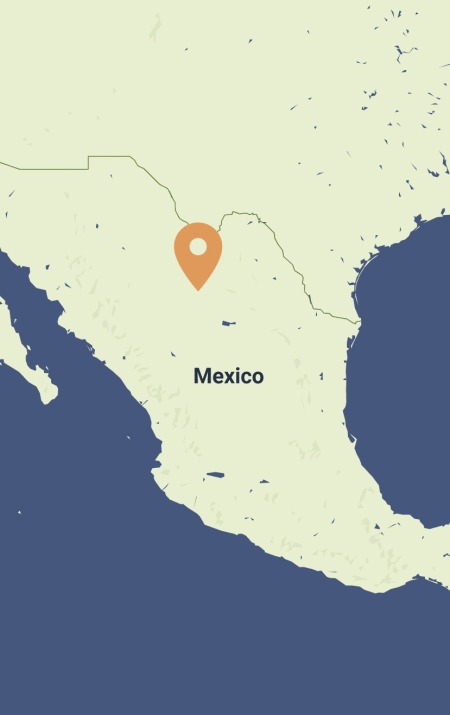
18,607
The biologically rich Bolsón de Mapimí is the last remaining place that the Bolson Tortoise, a Critically Endangered range-restricted species, calls home.
-
Species at Risk
Bolson Tortoise (VU), Mapimi Fringe-toed Lizard
-
Carbon stored
14,000 mT*
*(metric tons of CO2 equivalents) -
Partner
Habitat para la Biodiversidad (Habio)
-
18,607 Proposed Acres Conserved by
Purchase
Please note that your donation may not be immediately reflected in the funding thermometer above.

18,607
In the high-altitude desert plain of Bolsón de Mapimí — a biodiversity hotspot in the Chihuahuan Desert in northern Mexico — exists the large, privately-owned Rancho Guimbalete. The biologically rich Bolsón de Mapimí is the last remaining place that the Bolson Tortoise, a Critically Endangered range-restricted species, calls home. Rancho Guimbalete has as high of a biodiversity significance as the nearby Mapimí Biosphere Reserve. However, it is currently not subject to the same protective and restrictive regulations as the reserve and is thus at risk of conversion to industrial-scale agriculture.
Rainforest Trust and local partner HABIO seek $467,500 to purchase the 18,607-acre Guimbalete Ranch where at least three groups of Bolson Tortoises are confirmed to reside. In addition, a second population of the highly range-restricted Mapimi Fringe-toed Lizard is confirmed to inhabit the sand dunes found in the southern part of the ranch. Seven rain-fed wetlands and a groundwater-pumped reservoir exist on the ranch, increasing its significance to local wildlife, in particular wintering and migrating birds. The purchase and dedication of this property is imperative to its management for the long-term conservation of the endemic Bolson Tortoise, its habitat and its sympatric biodiversity.
Explore the Guimbalete Ranch
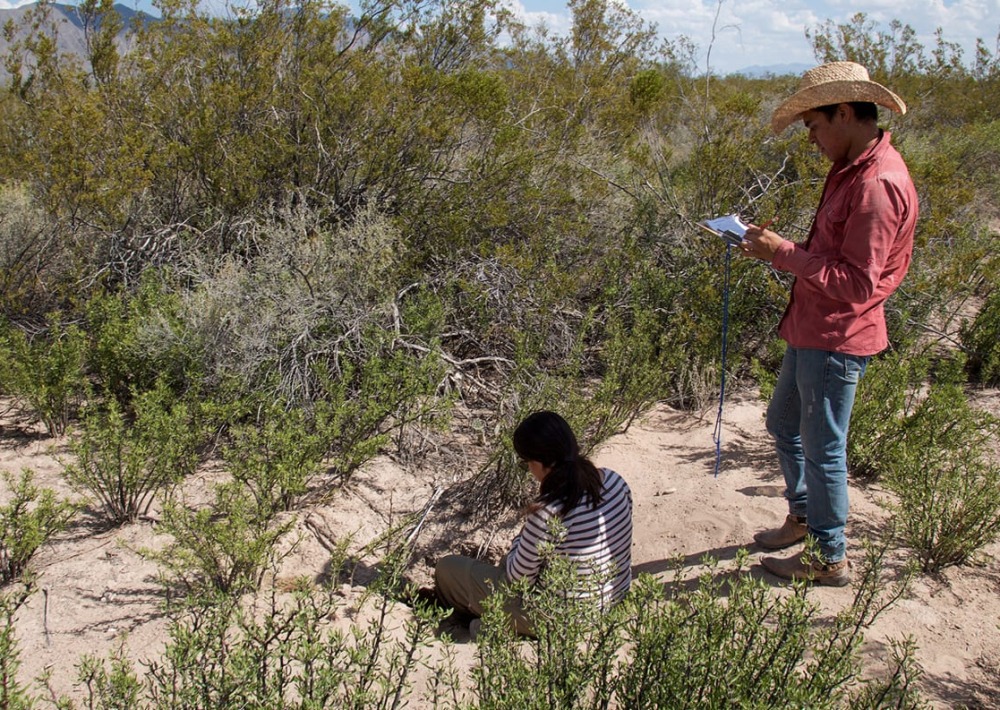
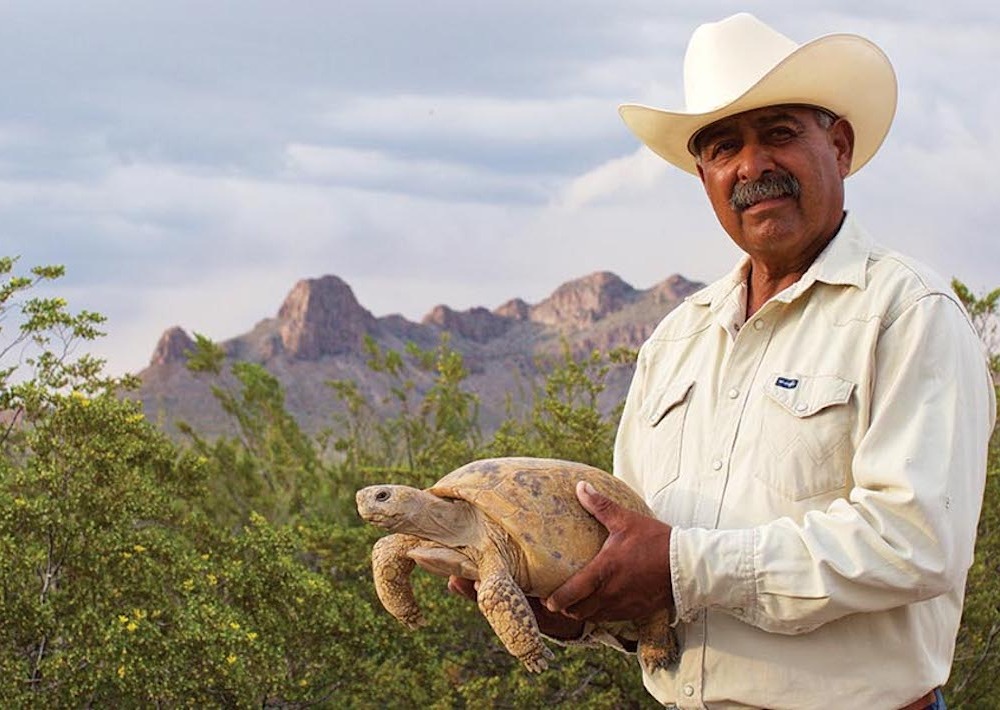
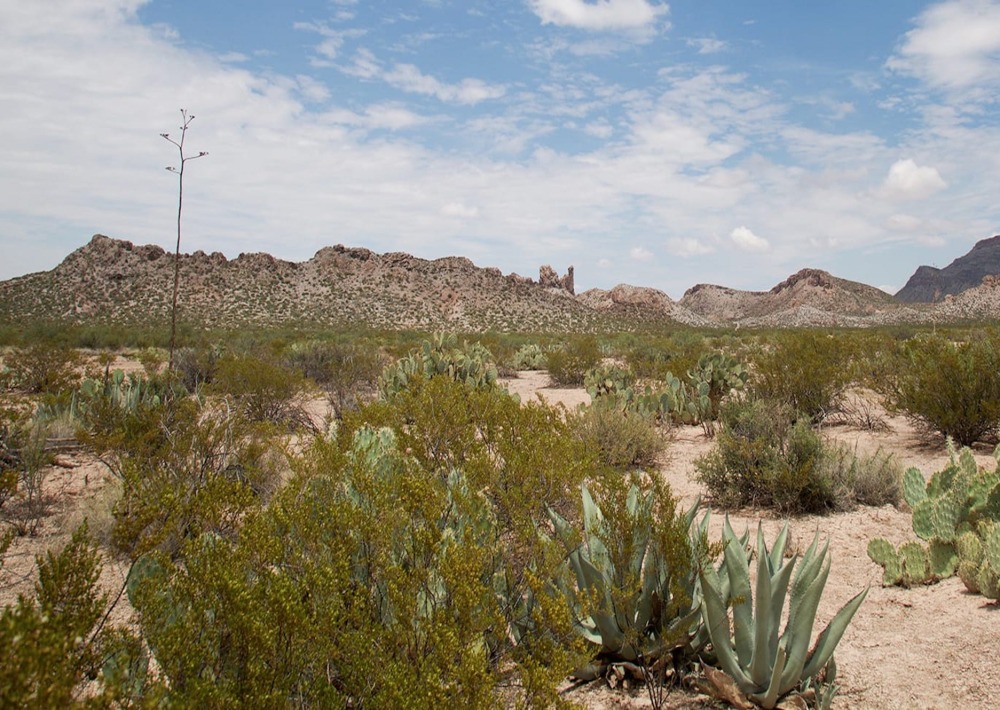
Biodiversity
The Bolsón de Mapimí plateau is a part of the Chihuahuan Desert biome. At least three reptile species are endemic to the Mapimí plateau, and all three are found at the Guimbalete Ranch.
The mammal and bird fauna of the ranch are typical of the Chihuahuan Desert, including its use by wintering and migratory birds where the rain-fed wetlands remain. The Chihuahuan Desert has 3,500 plant species, including about 1,100 endemic species and 16 endemic genera. The total number of vertebrate species expected or confirmed to occur on the ranch are: eight amphibians, 44 reptiles, 200 birds and 63 mammals. The invertebrate fauna of Guimbalete, and of the Bolsón de Mapimí in general, is not well known. The flora of the ranch appear to be somewhat more diverse than that of the main biosphere reserve, in part because Guimbalete includes an elevated mesa and several rain-fed wetlands, and is located close to the mountain range edging the Mapimí Plateau, thus creating a local diversity of habitats increasing species diversity as well.
Challenges
A primary challenge is to act swiftly and acquire this property before another (non-conservation) buyer makes a move to purchase it, including a farmer who recently inquired about buying the land.
This is problematic as the current owner is financially constrained and wants to offload the ranch as soon as possible. Industrial-scale agriculture (groundwater-fed irrigated cropping and intensive cattle facilities) is developing and expanding in the surrounding areas, and the presence of shallow groundwater makes Guimbalete Ranch an attractive prospect. Upon acquiring the property, the long-term challenge will be to ensure continued integrity of fences, roads, buildings and other existing infrastructure. Hopefully, the Guimbalete property can be managed as part of the Bolson Tortoise Ecosystem Preserve (BTEP) portfolio of HABIO, currently consisting of the 43,000-acre San Ignacio Ranch about 34 miles to the south of Guimbalete.
Communities
At present, Rancho Guimbalete is managed and maintained by two ranch hands who reside on the property and are employees of the current owner.
The local partner hopes to continue to work with them due to their knowledge of the land. The ranch hands’ families reside in the nearest town with schools and facilities, Chula Vista. The Bolsón de Mapimí is very sparsely populated, with fewer than 100 residents scattered across isolated ranch-houses or small habitation clusters.
Solutions
Rainforest Trust and local partner seek $467,500 to purchase the 18,607-acre Guimbalete Ranch where at least three groups of Bolson Tortoises are confirmed to reside.
After purchase, a number of specific actions will need to be implemented. First, the purchase excludes the resident herd of breeder cattle (150 animals) so they will need to be removed. Then, cattle stock pens and other superfluous infrastructure will need to be removed. Additionally, perimeter fencing, cattle guards where the road crosses and fencing along road and railway are currently intact and in good condition, but these must be maintained to prevent cattle incursion and ensure the protected area is clearly marked from intruders. It is important that wetlands and water management infrastructure be maintained and possibly modified to maximize wildlife values while minimally attracting stray cattle. Road, railway and pipeline right of ways and maintenance responsibilities must be clarified. Long-term property management and biodiversity surveying, monitoring and management plans must be drawn up and implemented. Consideration will be given whether to alter the land’s designation to a formally recognized private conservation area.
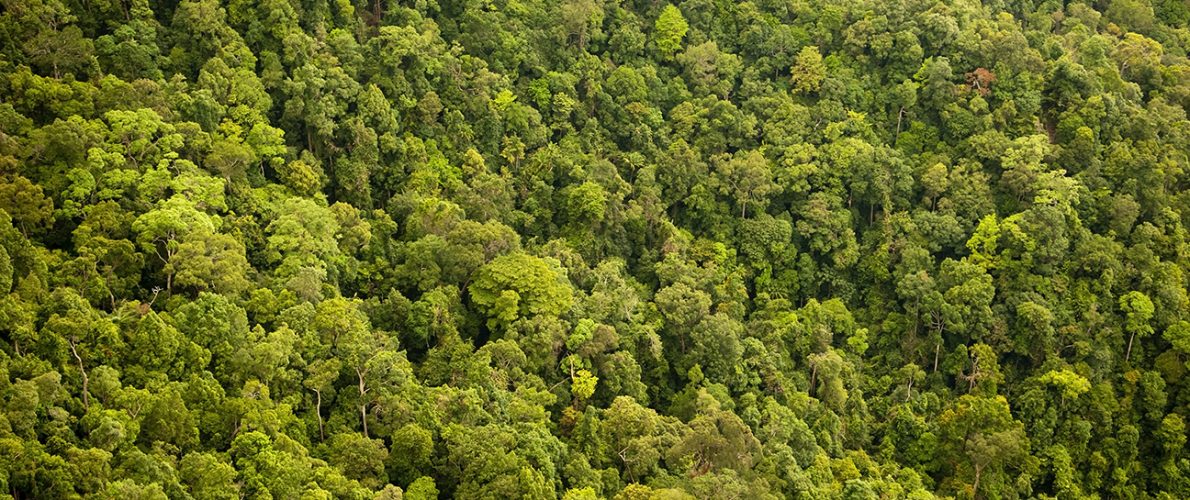
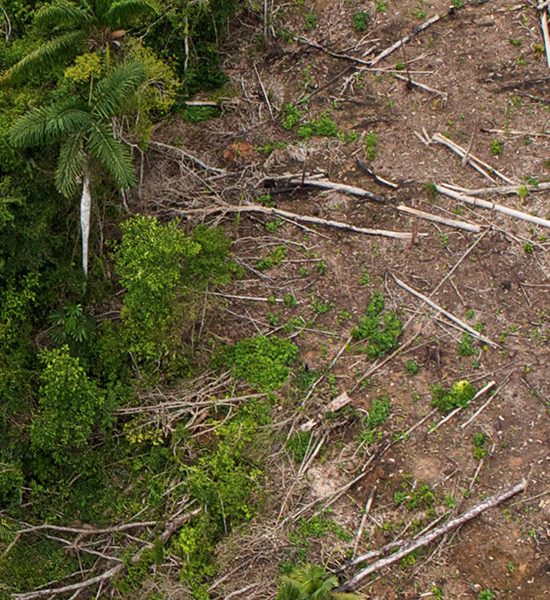
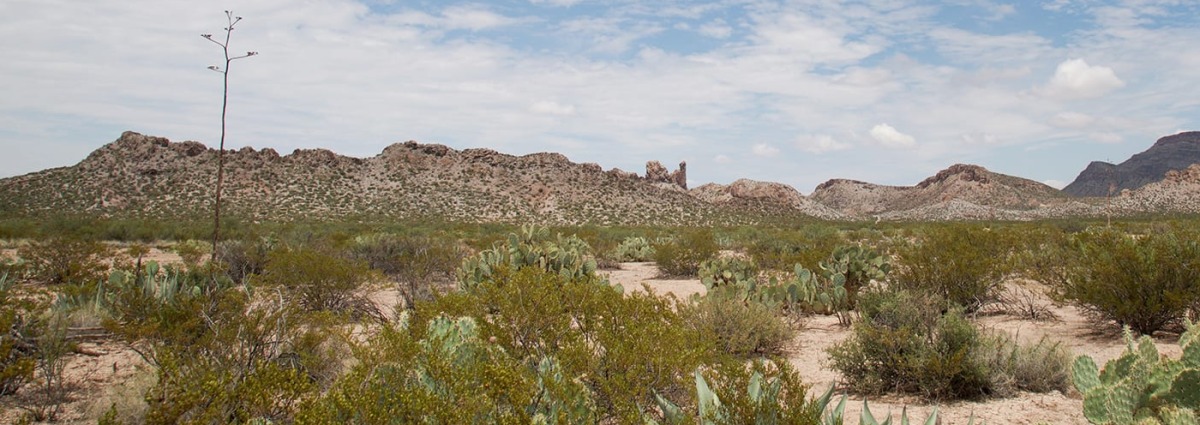

Partnering to Save Rainforest
Our partners’ ability to work with their governments and build strong connections with local communities ensures the successful implementation of our projects.
Learn More About This PartnerLearn More About This PartnerSign up to receive the latest updates
"*" indicates required fields
100% of your money goes to our conservation efforts
Our board members and other supporters cover our operating costs, so you can give knowing your whole gift will protect rainforests.

